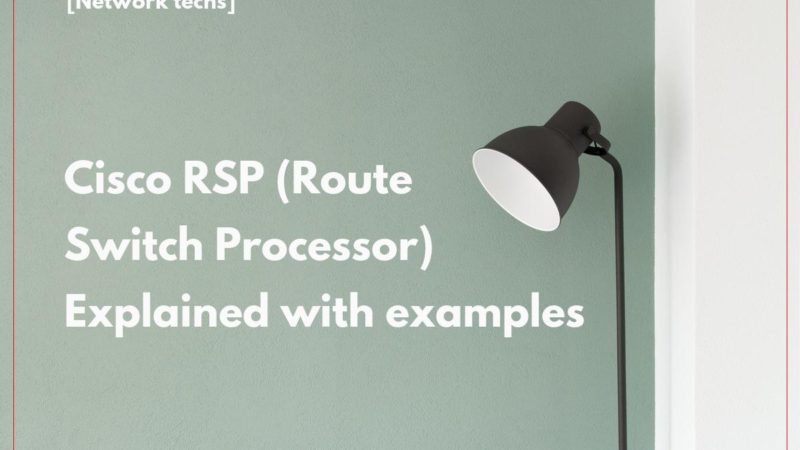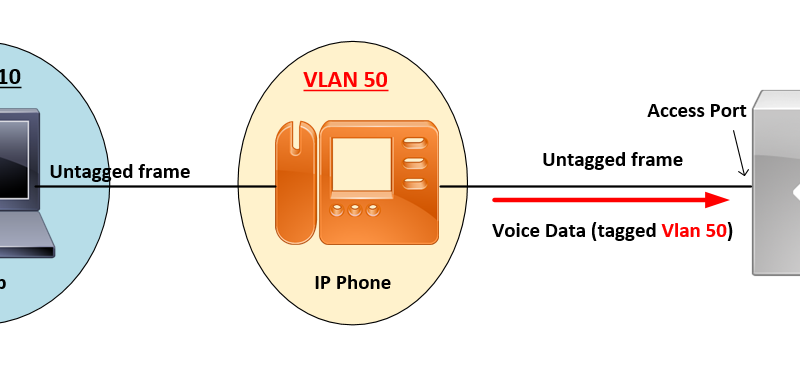[Cisco] | Control Plane Policing (CoPP) [Explained]
Dataplane vs control plane:
Data plane: Handles all the data traffic. The basic functionality of a Cisco NX-OS device is to forward packets from one interface to another. The packets that are not meant for the switch itself are called the transit packets. These packets are handled by the data plane.
Control plane: Handles all routing protocol control traffic. These protocols, such as the Border Gateway Protocol (BGP) and the Open Shortest Path First (OSPF) Protocol, send control packets between devices. These packets are destined to router addresses and are called control plane packets.
Control Plane Policing (CoPP)
Control Plane Policing (CoPP) protects the control plane and separates it from the data plane, which ensures network stability, reachability, and packet delivery.
This feature allows a policy map to be applied to the control plane. This policy-map looks like a normal QoS policy and is applied to all traffic entering the switch from a non-management port. A common attack vector for network devices is the denial-of-service (DoS) attack, where excessive traffic is directed at the device interfaces.
The Cisco NX-OS device provides CoPP to prevent DoS attacks from impacting performance. Such attacks, which can be perpetrated either inadvertently or maliciously, typically involve high rates of traffic destined to the supervisor module or CPU itself.
Check Copp status:
R1# sh copp status
Last Config Operation: None
Last Config Operation Timestamp: None
Last Config Operation Status: None
Policy-map attached to the control-plane: copp-system-p-policy-strict
Packet drop causes:
1/ show hardware rate-limit command to determine if packets are being dropped because of a rate limit.
switch(config)# show hardware rate-limit module 1
Units for Config: packets per second
Allowed, Dropped & Total: aggregated since last clear counters
Rate Limiter Class Parameters
————————————————————
access-list-log Config : 100
Allowed : 0
Dropped : 0
Total : 0
2/ show policy-map interface control-plane command to determine if packets are being dropped because of CoPP.
switch# show policy-map interface control-plane
class-map copp-system-p-class-exception (match-any)
match exception ip option
match exception ip icmp unreachable
match exception ttl-failure
match exception ipv6 option
match exception ipv6 icmp unreachable
match exception mtu-failure
set cos 1
police cir 200 pps , bc 32 packets
module 27 :
transmitted 0 packets;
dropped 0 packets;
module 28 :
transmitted 0 packets;
dropped 0 packets;
References:
https://www.cisco.com/c/en/us/td/docs/switches/datacenter/nexus9000/sw/6-x/security/configuration/guide/b_Cisco_Nexus_9000_Series_NX-OS_Security_Configuration_Guide/b_Cisco_Nexus_9000_Series_NX-OS_Security_Configuration_Guide_chapter_010001.html



![OSPF DR and BDR Election Explained [with Configuration]](https://learnduty.com/wp-content/uploads/2022/03/image-33.png?v=1647900046)
![OSPF Neighbor Adjacency Requirements [With Configuration]](https://learnduty.com/wp-content/uploads/2022/03/image-23-418x450.png?v=1647900064)
![OSPF Neighbor States Explained [Step by Step]](https://learnduty.com/wp-content/uploads/2022/03/image-13.png?v=1647900076)